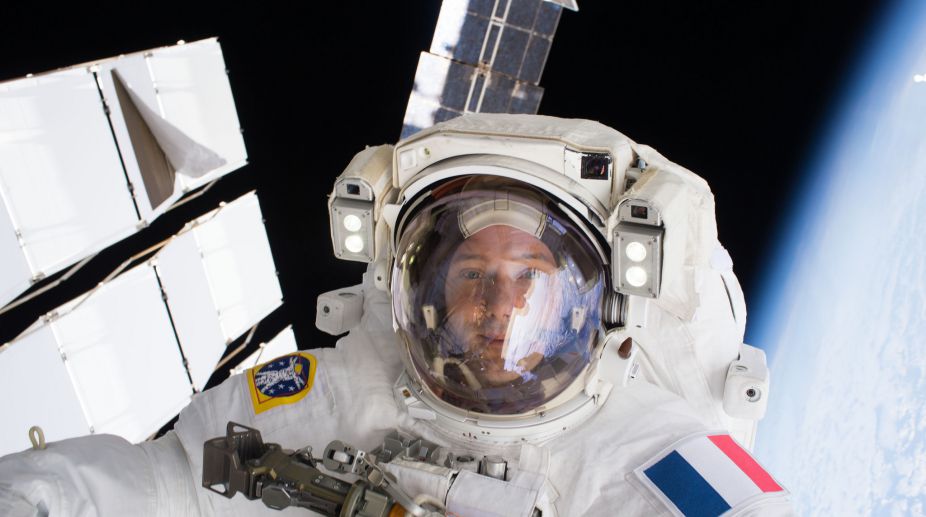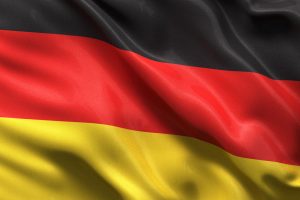NASA has postponed the second planned spacewalk at the International Space Station (ISS) scheduled for this week to mid-February, after developing a software patch for a glitch that two astronauts had expected to fix during the first spacewalk.
Astronauts Mark Vande Hei from NASA and Norishige Kanai of the Japan Aerospace Exploration Agency – crew members of the Expedition 54 aboard the ISS – were scheduled to spend more than six hours working outside the space station on January 29.
Advertisement
Their goal was to replace one of the two “hands” on the end of Canadarm2 known as latching end effectors (LEEs) – which serves as the grappling end of the ISS’s robotic arm – installed during the first spacewalk on January 23, NASA was quoted as saying to space.com on Sunday.
However, when powered up, the newly-installed LEE on the robotic arm did not respond as expected on its main communications channel, but did respond on its back-up.
Thus, NASA replanned January 29’s spacewalk with Vande Hei and Kanai to replace the new LEE with the one that was removed. But engineers with the Canadian Space Agency – which had provided the station’s robotic arm system – developed a novel software patch to fix the LEE’s communication glitch.
This means Hei and Kanai won’t have to go outside and replace the LEE on the robotic arm, NASA said.
Instead, the astronauts will now venture outside in mid-February to perform the tasks that were originally scheduled for their spacewalk. The tasks include installing LEE removed from the station’s arm to a new location on the outpost’s railcar-like Mobile Transporter, and bringing a still-older LEE removed from the station’s arm in October inside the station.
The LEEs are identical grappling devices which are used to latch on to incoming cargo spacecraft, located at opposite ends of Canadarm2, each weighing about 200 kg and measuring about one metre long.
They also allow Canadarm2 to move around outside of the station in an inchworm-like motion.











